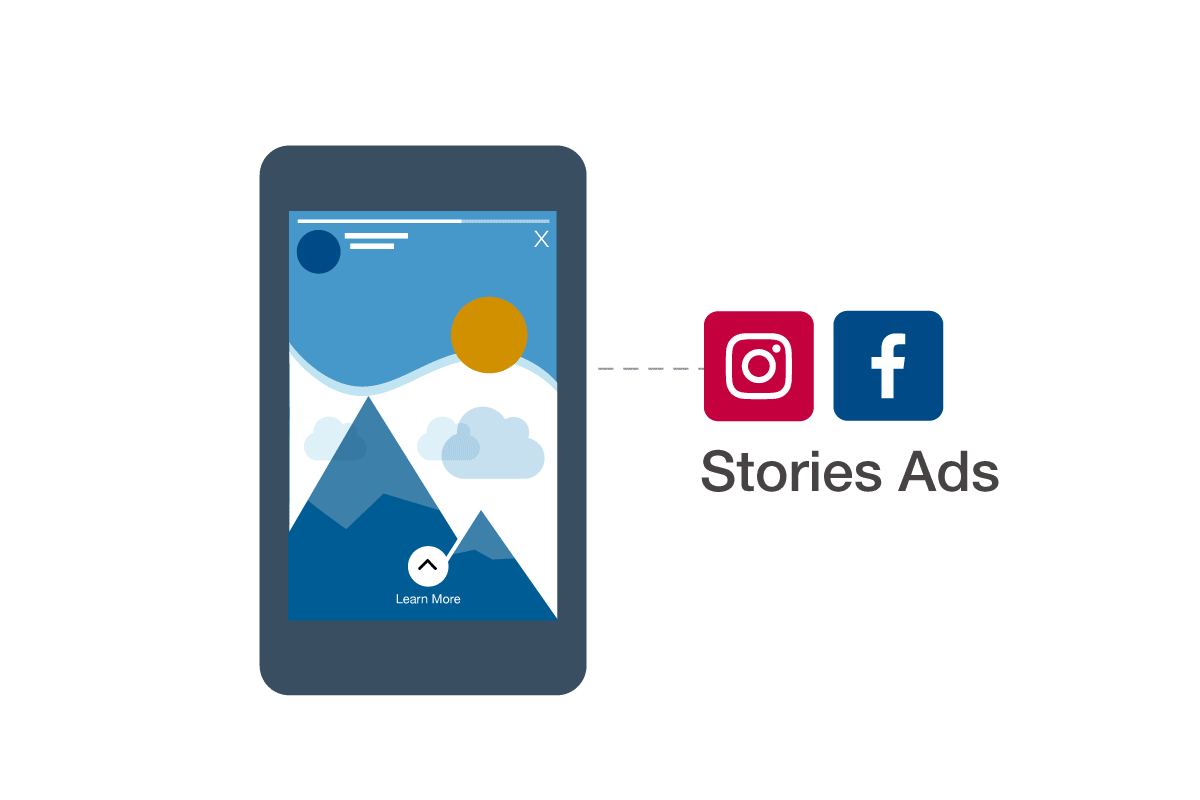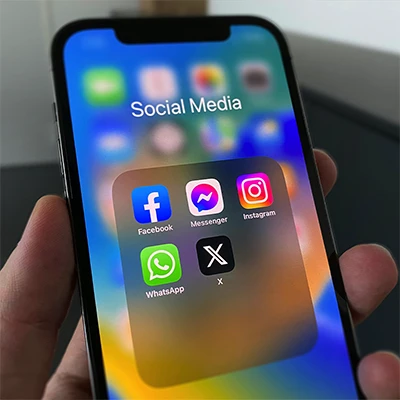How to Use Stories Ads on Facebook and Instagram

According to the 2019 State of Social Report by Buffer, the stories format is the next big thing in social media marketing for businesses, with more than 57% of brands saying stories have been “somewhat effective” or “very effective” for their marketing. According to Instagram, 33% of the most viewed stories come from businesses.
A story is a collection of photos or videos that are available for viewing for 24 hours. Snapchat was the first social media channel to use the stories concept, launching Snapchat Stories in 2013. Instagram began offering Instagram Stories in 2016 and Facebook (which has owned Instagram since 2012) rolled out Facebook Stories in 2017.
More than 500 million people now use Instagram Stories every day, and Facebook Stories reached 500 million daily active users in April 2019. As with most things, when a large number of people use a certain medium, advertising soon follows. Instagram began giving its business accounts access to its stories users by launching Instagram Stories ads in 2017, and Facebook followed suit with Facebook Stories ads in late 2018.
Both Instagram and Facebook offer ads that appear in the news feed, but because stories ads are less expensive and more effective than feed ads, many businesses have been shifting their advertising budgets to focus more on stories ads.
According to new data from Kenshoo, spending on Instagram Stories ads grew 186% from 2018 to 2019, while spending on news feed ads slowed.
In a survey conducted for Facebook by Ipsos, 69% of people who use stories said stories are a great way for brands to let people know about new products or services, and 62% said they became more interested in a brand or product after seeing it in a story.
What You Need to Know About Stories Ads on Facebook and Instagram
Creating Your Stories Ad

- So far, Facebook Stories ads can only be used as an add-on to existing ad campaigns on Facebook's news feed or Instagram Stories.
- You can use an existing feed ad as a stories ad, but don't—regular Facebook and Instagram ad formats do not translate well to stories. Make sure you use original story ad creative that has been optimized for the stories experience.
- Like stories, stories ads have a full-screen vertical format. Use a portrait-oriented image at the recommended resolution of 1,080 x 1,920 pixels and make sure it fits with the style of other stories.
- For images, you can opt for a single image or a carousel of up to six images. For videos, you can only use one video of 60 seconds or less.
What to Include
- The key for stories ads is to let the picture tell the story. Use a creative, compelling image and minimal text.
- The most popular types of stories ads are those that offer a sale or promotion, introduce a new product, or offer tips or advice.
- Your stories ad should also include your brand name and logo as an overlay on the image, so be sure to use an image that has space for those elements.
- Don’t forget sound—60% of Instagram Stories are viewed with sound on.
- Be sure to include your URL and a call to action (there are 13 to choose from).
Targeting & Tracking Performance
- Stories ads on both Instagram and Facebook have full ad targeting and measurement capabilities, with objectives including reach, brand awareness, video views, app install, conversion, traffic, and lead generation.
- As with other ads, you can see how stories ads perform using the Insights section, which lets you track clicks, reactions, website visits, conversions, and more.


